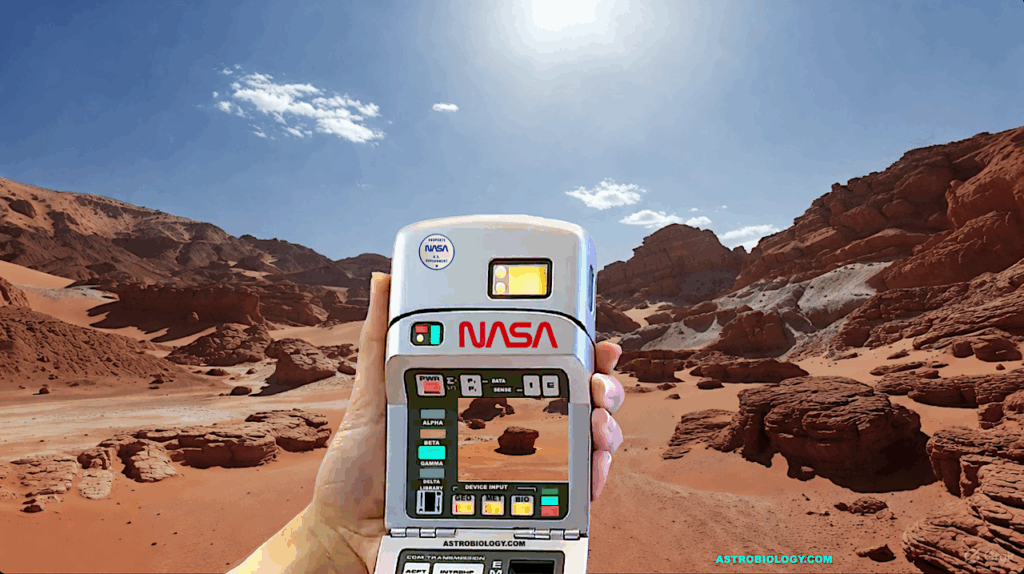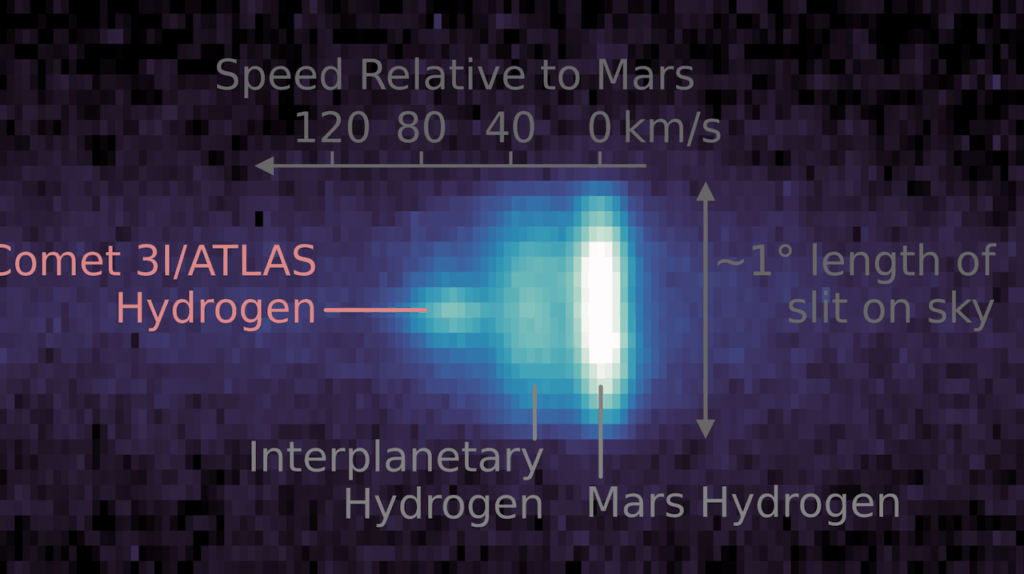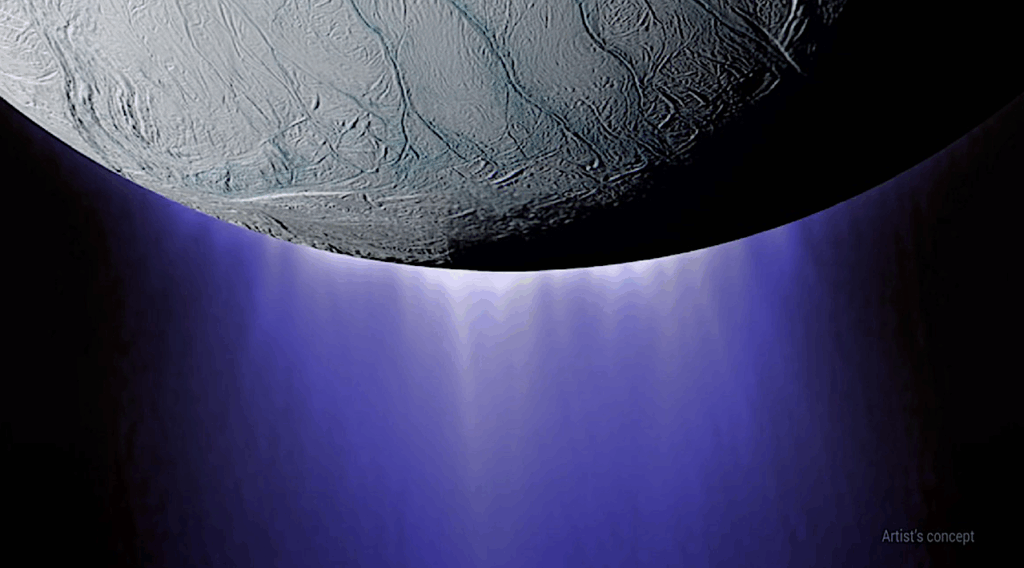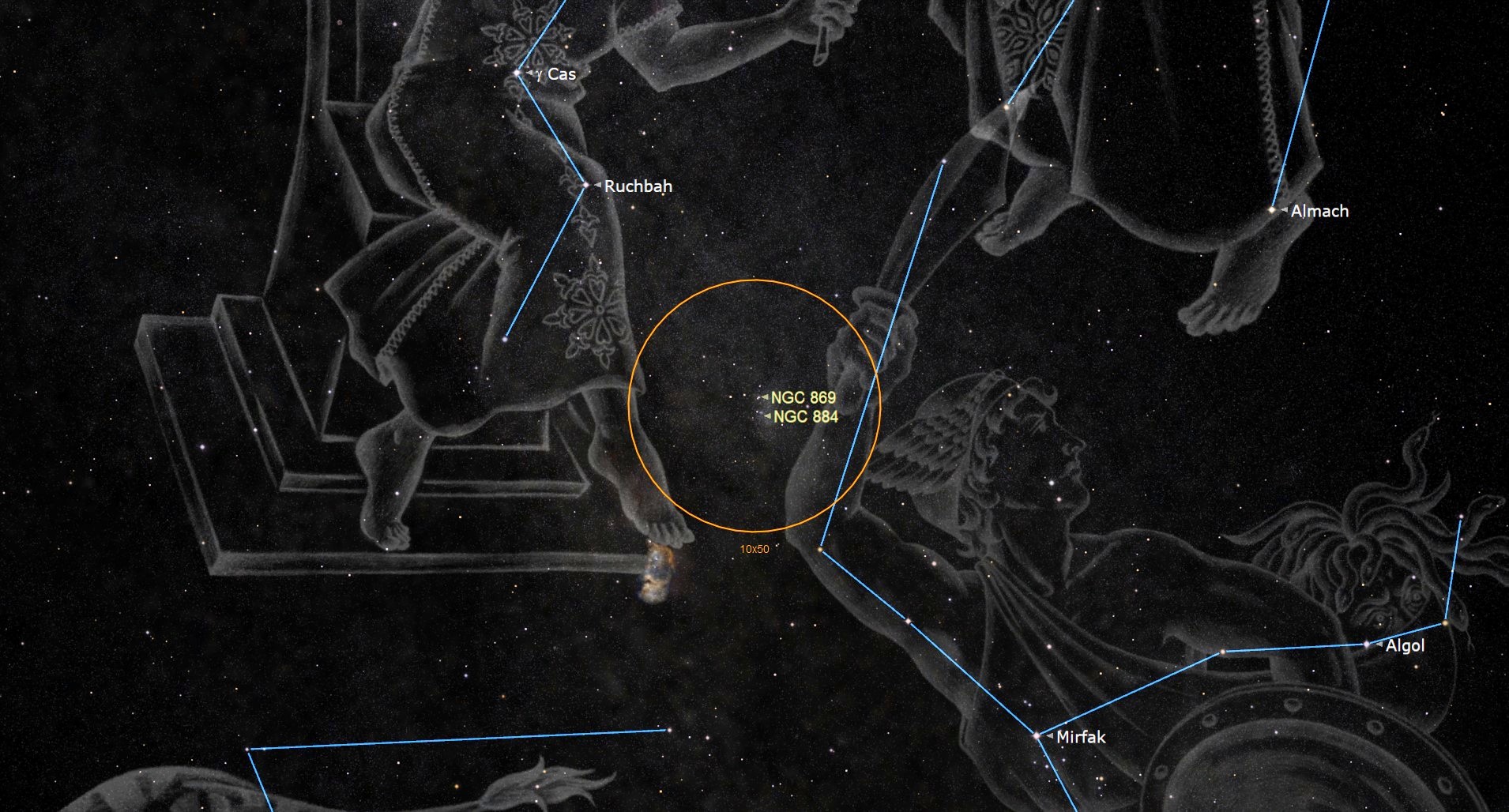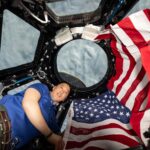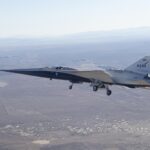Now Reading: ExoClock Project IV: A Homogeneous Catalogue Of 620 Updated Exoplanet Ephemerides
-
01
ExoClock Project IV: A Homogeneous Catalogue Of 620 Updated Exoplanet Ephemerides
ExoClock Project IV: A Homogeneous Catalogue Of 620 Updated Exoplanet Ephemerides
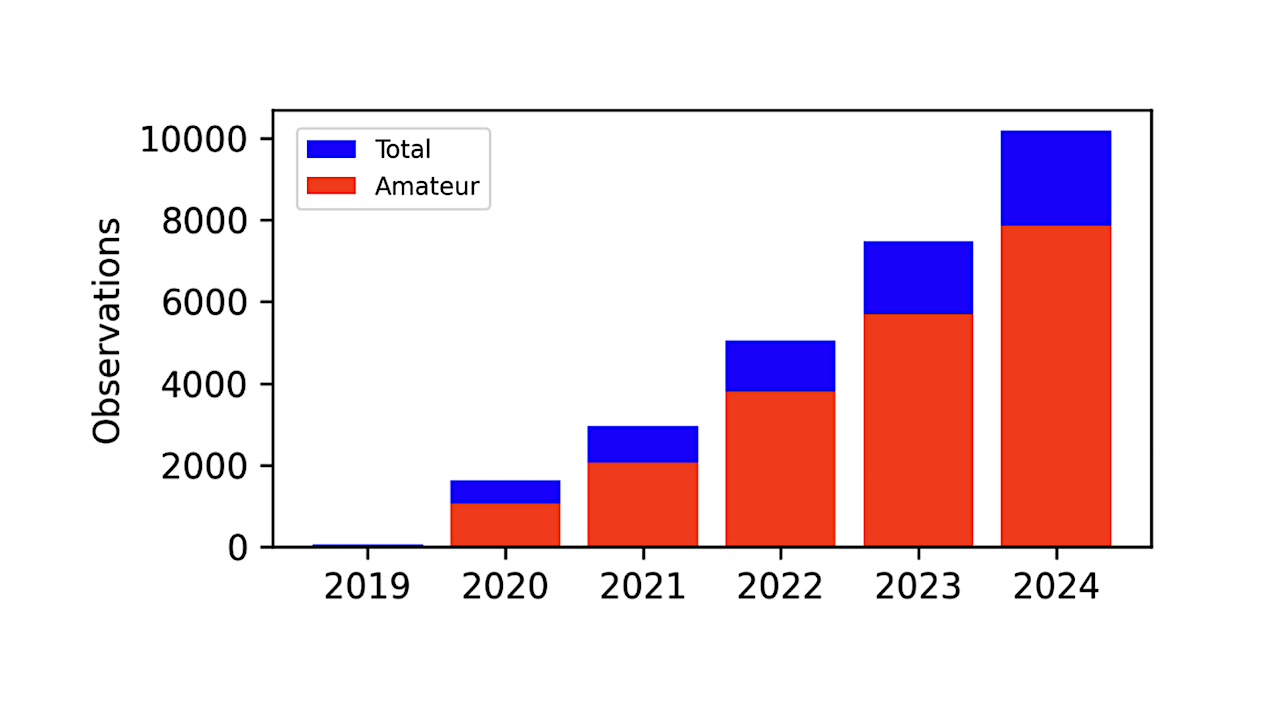
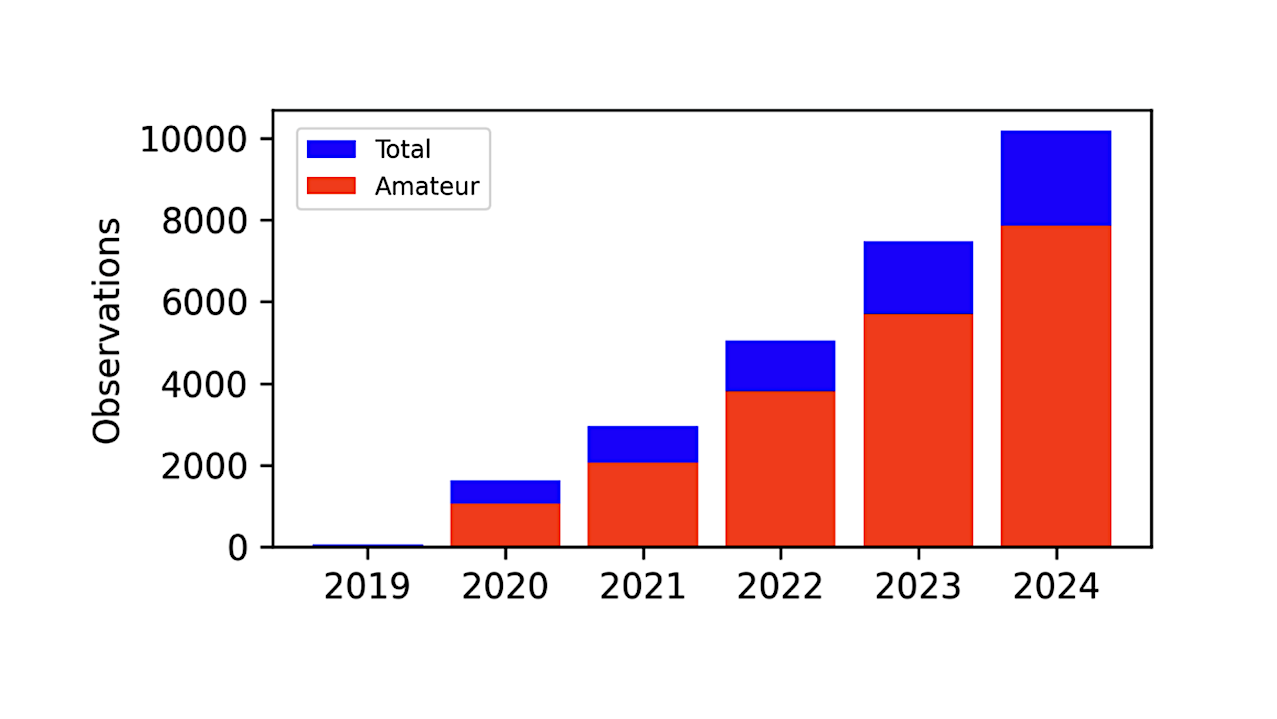
Cumulative distribution of observations published by the ExoClock network. –astro-ph.EP
The ExoClock project is an open platform aiming to monitor exoplanets by integrating observations from space and ground based telescopes.
This study presents an updated catalogue of 620 exoplanet ephemerides, integrating 30000 measurements from ground-based telescopes (the ExoClock network), literature, and space telescopes (Kepler, K2 and TESS). The updated catalogue includes 277 planets from TESS which require special observing strategies due to their shallow transits or bright host stars.
This study demonstrates that data from larger telescopes and the employment of new methodologies such as synchronous observations with small telescopes, are capable of monitoring special cases of planets. The new ephemerides show that 45% of the planets required an update while the results show an improvement of one order of magnitude in prediction uncertainty.
The collective analysis also enabled the identification of new planets showing TTVs, highlighting the importance of extensive observing coverage. Developed in the context of the ESA’s Ariel space mission, with the goal of delivering a catalogue with reliable ephemerides to increase the mission efficiency, ExoClock’s scope and service have grown well beyond the remit of Ariel.
The ExoClock project has been operating in the framework of open science, and all tools and products are accessible to everyone within academia and beyond, to support efficient scheduling of future exoplanet observations, especially from larger telescopes where the pressure for time allocation efficiency is higher (Ariel, JWST, VLT, ELT, Subaru etc). The inclusion of diverse audiences in the process and the collaborative mode not only foster democratisation of science but also enhance the quality of the results.
A. Kokori, A. Tsiaras, G. Pantelidou, A. Jones, A. Siakas, B. Edwards, G. Tinetti, A. Wünsche, Y. Jongen, F. Libotte, M. Correa, L. V. Mugnai, A. Bocchieri, A. R. Capildeo, E. Poultourtzidis, C. Sidiropoulos, L. Bewersdorff, G. Lekkas, G. Grivas, R. A. Buckland, S. R.-L. Futcher, P. Matassa, J.-P. Vignes, A. O. Kovacs, M. Raetz, B. E. Martin, A. Popowicz, D. Gakis, P. Batsela, V. Michalaki, A. Nastasi, C. Pereira, A. Iliadou, F. Walter, N. I. Paschalis, K. Vats, N. A-thano, R. Abraham, V. K. Agnihotri, M. Á. Álava-Amat, R. Albanesi, T. Alderweireldt, J. Alonso-Santiago, D. Q. Amat, L. Andrade, V. Anzallo, J. Aragones, E. Arce-Mansego, D. Arnot, R. A. Artola, C. Aumasson, M. Bachschmidt, R. Barberá-Córdoba, J.-F. Barrois, P. R. Barroy, M. Bastoni, V. Béjar, A. A. Belinski, A. Ben Lassoued, P. Bendjoya, B. Benei, D. Bennett, K. Bernacki, G. O. Bernard, L. Betti, G. Biesse, M. Billiani, P. Bosch-Cabot, V. Boucher, R. C. Boufleur, D. Boulakos, P. J.-M. Brandebourg, S. M. Brincat, X. Bros, A. Brosio, S. Brouillard, A.-M. Bruzzone, L. Cabona, C. Calamai, G. Calapai, Y. Calatayud-Borràs, M. Caló, F. Campos, A. Carbognani, F. Carretero, R. Casas, M. L. Castanheira, G. Catanzaro, L. Cavaglioni, C.-M. Chang, M. Chella, W.-H. Chen, P.-J. Chiu, R. Ciantini, J.-F. Coliac, J. Collins, F. Conti, G. Conzo, W. R. Cooney Jr., L. N. Correa et al. (226 additional authors not shown)
Comments: 12 pages of text (104 in total, including the list of authors, acknowledgements, references and data tables), 7 figures, 8 tables. Submitted to ApJS (this version includes the first round of the reviewer’s comments). The Data Release is available at: this https URL. Machine-readable versions of tables 7 and 8 are included the TeX Source
Subjects: Earth and Planetary Astrophysics (astro-ph.EP); Instrumentation and Methods for Astrophysics (astro-ph.IM)
Cite as: arXiv:2511.14407 [astro-ph.EP](or arXiv:2511.14407v1 [astro-ph.EP] for this version)
https://doi.org/10.48550/arXiv.2511.14407
Focus to learn more
Submission history
From: Angelos Tsiaras
[v1] Tue, 18 Nov 2025 12:14:12 UTC (1,545 KB)
https://arxiv.org/abs/2511.14407
Astrobiology,
Stay Informed With the Latest & Most Important News
Previous Post
Next Post
-
 012024 in Review: Highlights from NASA in Silicon Valley
012024 in Review: Highlights from NASA in Silicon Valley -
 02Panasonic Leica Summilux DG 15mm f/1.7 ASPH review
02Panasonic Leica Summilux DG 15mm f/1.7 ASPH review -
 03How New NASA, India Earth Satellite NISAR Will See Earth
03How New NASA, India Earth Satellite NISAR Will See Earth -
 04And Thus Begins A New Year For Life On Earth
04And Thus Begins A New Year For Life On Earth -
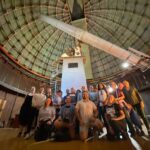 05Astronomy Activation Ambassadors: A New Era
05Astronomy Activation Ambassadors: A New Era -
06SpaceX launch surge helps set new global launch record in 2024
-
 07Space Force plans new ‘Futures Command’ amid pressure to speed up modernization
07Space Force plans new ‘Futures Command’ amid pressure to speed up modernization












